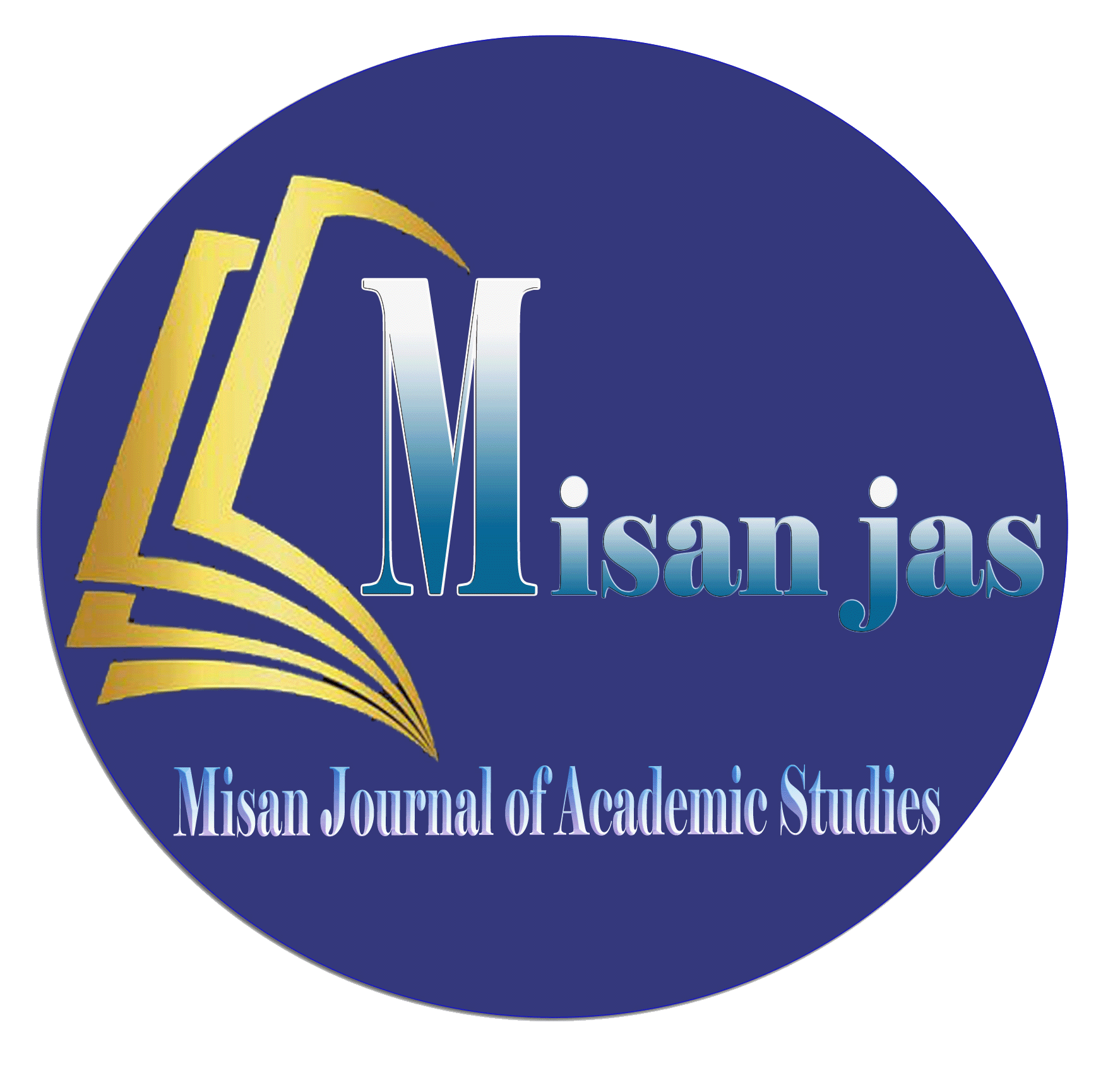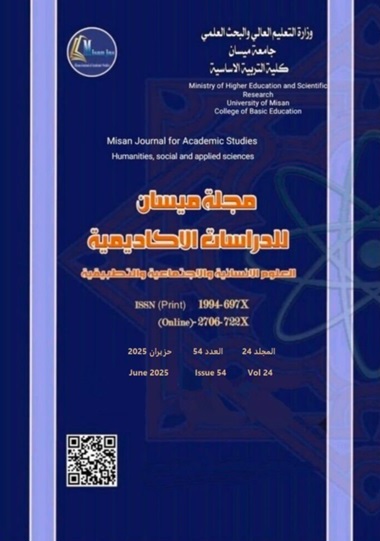The efficiency of some Iraqi clays in adsorbing lead using miscible displacement method
الملخص
This study was conducted to evaluate the efficiency of Iraqi clays in adsorbing, holding, and trapping lead. To achieve this purpose, a group of sites were selected that were distinguished by their high clay content, and included Dhi Qar Governorate (Al-Fajr, Al-Shatrah, Al-Rifai, Sayyid Dakhil, Al-Islah), Maysan Governorate (Ali Al-Gharbi, Ali Al-Sharqi, Al-Maymouna, Al-Majjar Al-Kabir) and Wasit Governorate (Al-Aziziyah, Al-Numaniyah, Al-Ahrar) where soil models were collected from a depth of (0-30) cm and transported to the laboratory, dried, ground, and sieved with a sieve with a diameter of 2 mm to prepare them for laboratory analysis, which included measuring some physical, chemical, and mineral characteristics as well as estimating the content of the element lead. Mineral analysis was conducted using X-ray diffraction. After separating the clay by removing binders, the concentration of lead ranged between (6.5-30.4) mg/kg, where the highest value was in Al-Amarah, the center of Maysan Governorate, while the lowest value was recorded in Al-Maymouna District, Maysan Governorate, A laboratory experiment was conducted by making glass columns of soil and washing them with solutions of elemental lead at different concentrations and periods to shed light on the ability of clay to adsorb, hold, and trap elemental lead Adsorption equations were applied in the studied soil samples to determine the ability of these soils to adsorb and extract the constants of these equations. Adsorption equations were applied to the lead element of some of the studied soils to determine their efficiency in adsorbing this element, as the results showed the superiority of the Numaniyah soil in Wasit Governorate in the values of maximum adsorption qmax. It recorded 71%, while the lowest values were in Maysan Governorate, Ali Al-Gharbi District, where the removal efficiency reached 36%. This naturally reflects the high efficiency of Numaniyah soil in removing lead from contaminated soil. As for the values of the correlation coefficient (R2), the results showed the superiority of the Lankmeyer equation in the values of the correlation coefficient, as it gave high values for the correlation coefficient compared to the Friedlich equation, which is due to the nature of the clay minerals prevailing in this soil, represented by montmorillonite minerals, which is characterized by a high specific surface area and cation exchange capacity, which It represents the amount of negative charges carried by this metal.As for the values of the correlation coefficient (R2), the results showed the superiority of the Lankmeyer equation in the values of the correlation coefficient, as it gave high values for the correlation coefficient compared to the Friedlich equation, which is considered one of the experimental equations.
التنزيلات
الحقوق الفكرية (c) 2025 مجلة ميسان للدراسات الأكاديمية (العلوم الانسانية والاجتماعية والتطبيقية)

هذا العمل مرخص حسب الرخصة Creative Commons Attribution-NonCommercial-NoDerivatives 4.0 International License.
تخضع جميع المقالات المنشورة في مجلتنا لشروط الترخيص
إسناد المشاع الإبداعي(CC BY-NC-ND 4.0)يسمح هذا الترخيص بإعادة إنتاج المحتوى وإعادة توزيعه وإعادة استخدامه كليًا أو جزئيًا لأي غرض مجانًا ، دون أي إذن من المؤلف (المؤلفين) أو الباحث او الطالب.
الأعمال المقدمة إلى مجلة ميسان للدراسات الاكاديمية للنشر في المجلة تخضع لشروط ترخيص(CC BY-NC-ND 4.0). حيث يمكن مشاركة المحتوى المتاح وتوزيعه وتكراره بشرط عدم وجود ربح تجاري ويجب منح الرصيد المناسب للمصدر الأصلي من خلال المصادر او الاستشهادات. من الضروري ومراجعة أي مواد تستخدم من مصادر أخرى بما في ذلك الأشكال والجداول والصور لإعادة استخدامها بموجب شروط ترخيص المشاع الإبداعي (CC BY-NC-ND 4.0). وبشرط عدم وجود تعديل على المحتوى الأصلي



